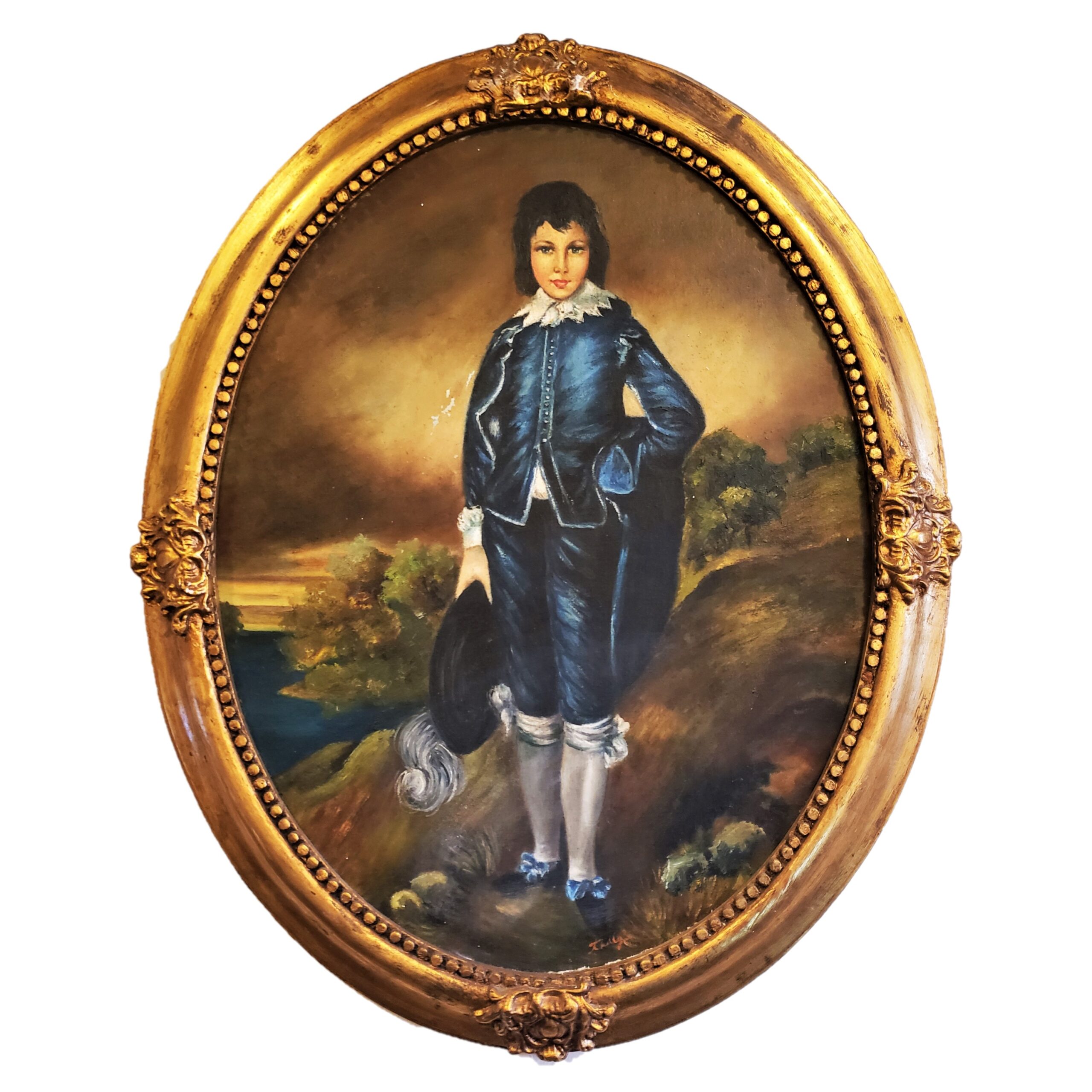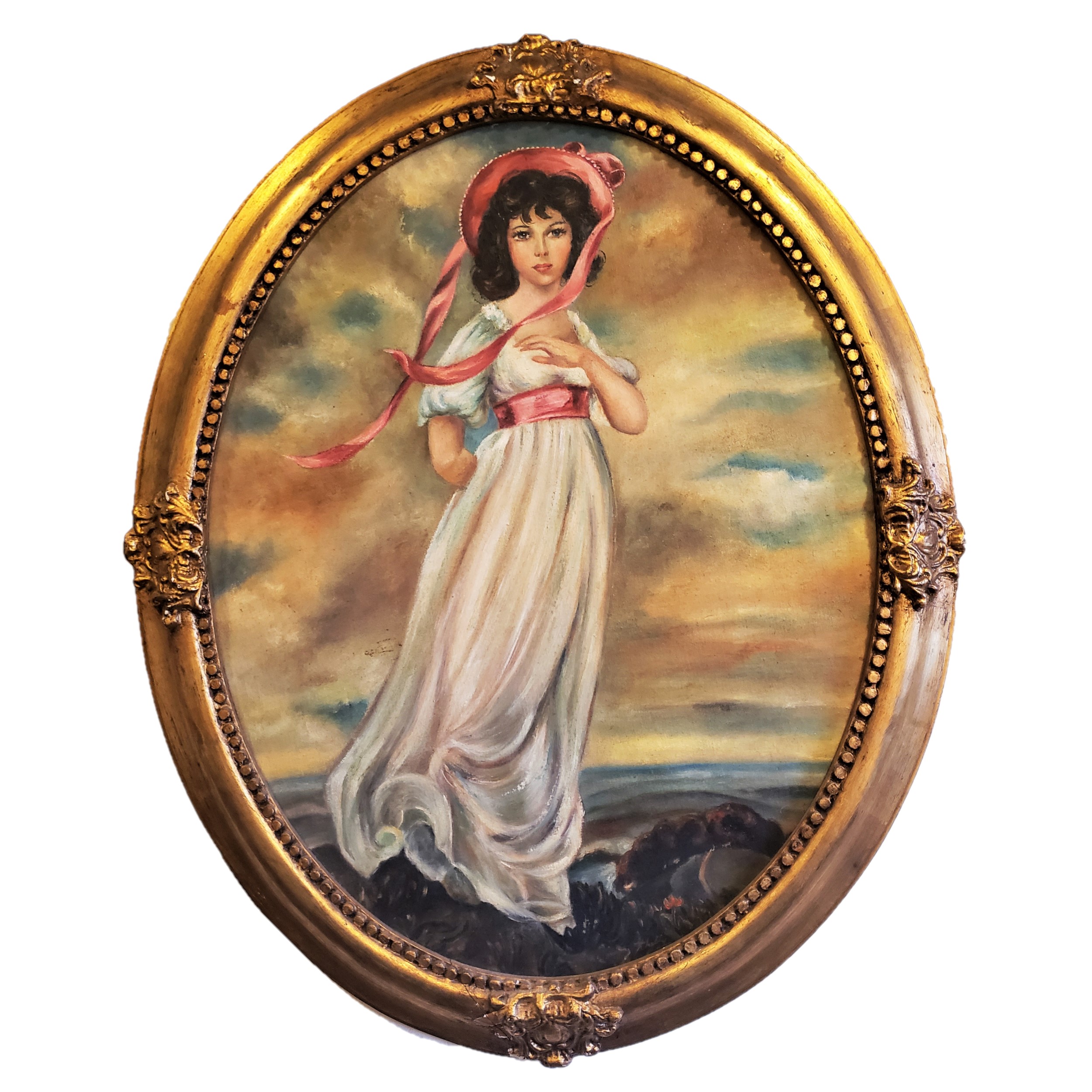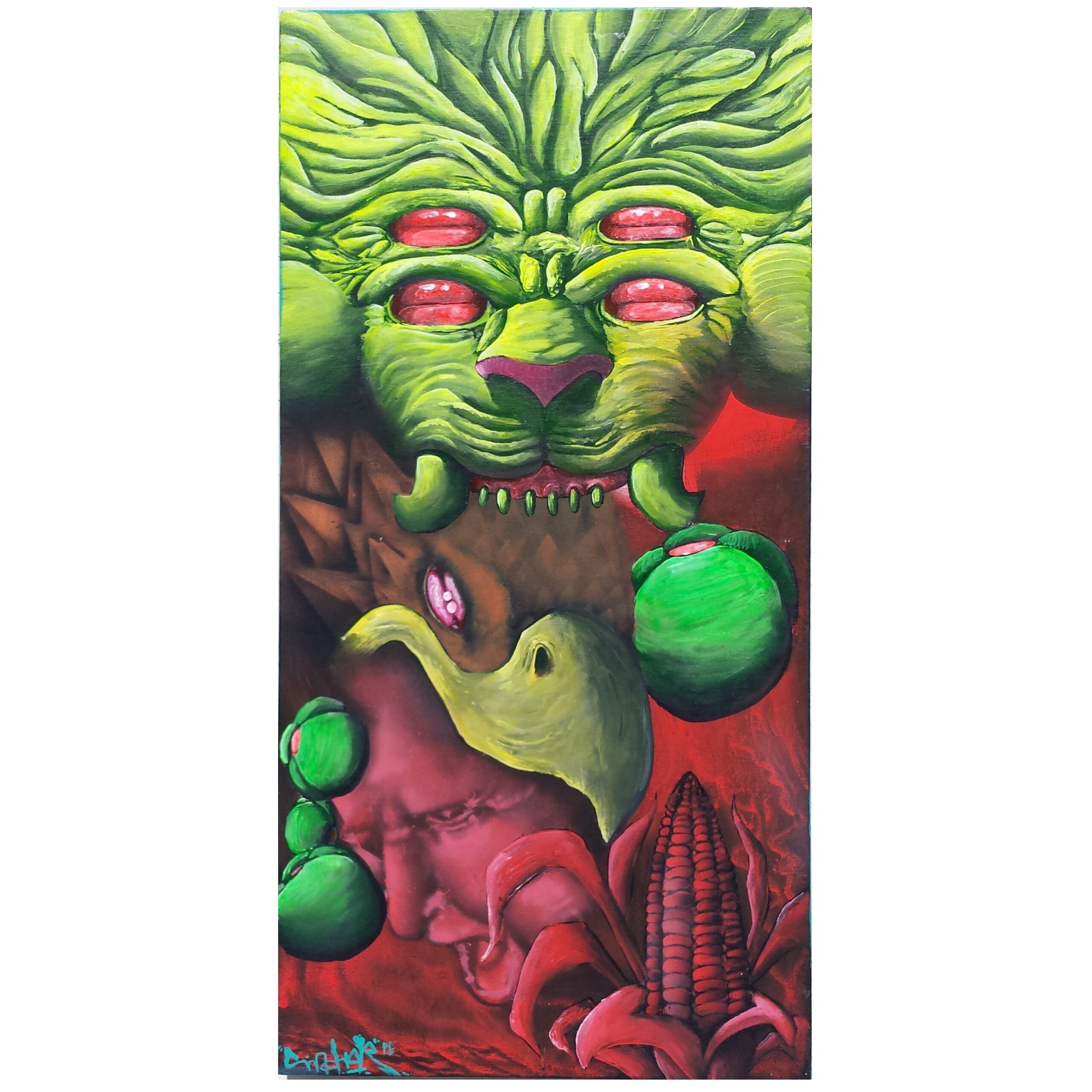In a world before the printed word, where parchment was scarce and literacy a luxury, paintings emerged as the storytellers of their time. Imagine ancient civilizations huddled around cave walls, deciphering the brushstrokes that conveyed epic tales of hunting, relationships with others, and cosmic mysteries.

Storytelling has developed over time. Over the years, folklore has been passed down through generations through different art mediums including song, poetry, painting, sculpture, literature, photography and more recently movies. Before movies and books were commonplace, artists used their brushes as cameras to capture moments, tell stories, and express emotions. Just like a director carefully frames a scene, painters meticulously arrange elements on a canvas, inviting us to explore their depths. So, how do we decipher these visual narratives? Let's dive into the art of reading paintings!
Figurative Paintings: The Storytellers
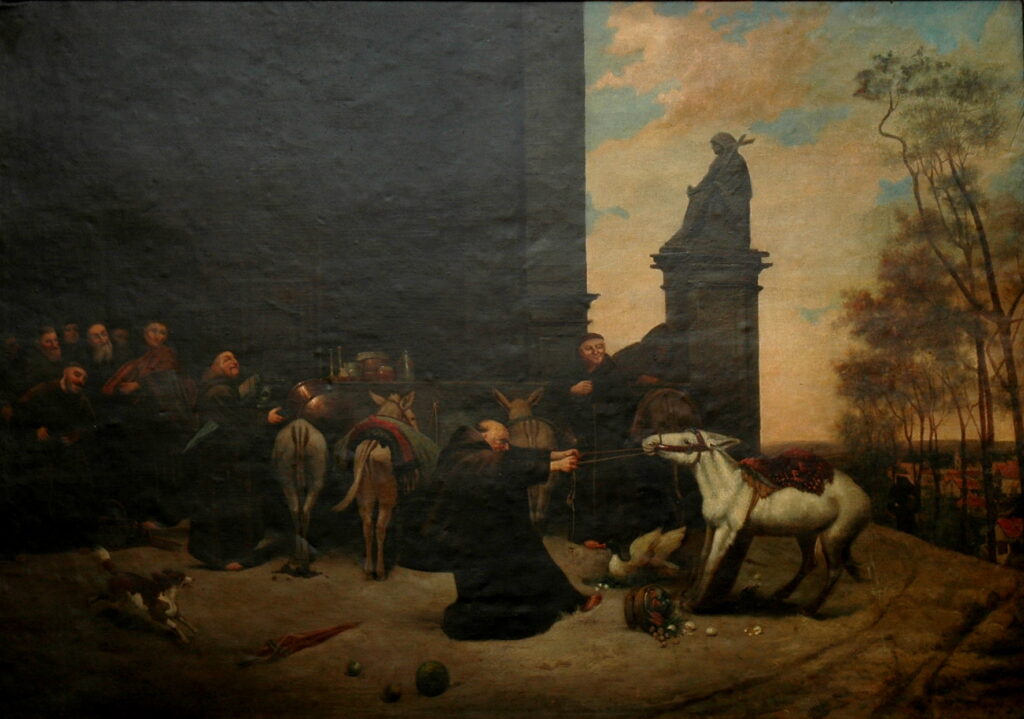
There are two types of paintings that are read completely differently. The first type is figurative paintings, one in which figures and characters can be recognized in the composition. We can consider this type of art as the storytellers.
When you're staring at a painting with recognizable figures, think of it as a novel. Every character, object, setting, and even the small details that you find in the painting have a role to play.
Who's in the spotlight? The main subject is usually the focal point, often placed in the center or slightly off-center.
What's going on? Look for gestures, expressions, and actions. Are the characters happy, sad, angry, or confused?
Where is this happening? The background provides context. Is it a bustling city, a serene landscape, or a mysterious interior?
Are there objects in the picture? Every object in a scene has been put there by choice and thus adds to the story. A rose isn’t just a flower; it’s love, passion, or mortality. A skull? Memento mori.
Spot any animals? They’re messengers. A dove symbolizes peace, a snake—temptation. Find the meaning behind the specific animal in the picture, it will open the story to a better interpretation.
Look for numbers. Numbers, with their deep symbolism, weave their own stories. Three? Trinity. Seven? Perfection. Dates will certainly have special meaning.
Of course the title will always provide the clue of where to start. Once you latch onto your first clue, you can follow the context to bring out the whole story. The image, as they say, will tell you 1,000 words about its subject if you look closely.
Abstract Art: Shared Emotions on Canvas
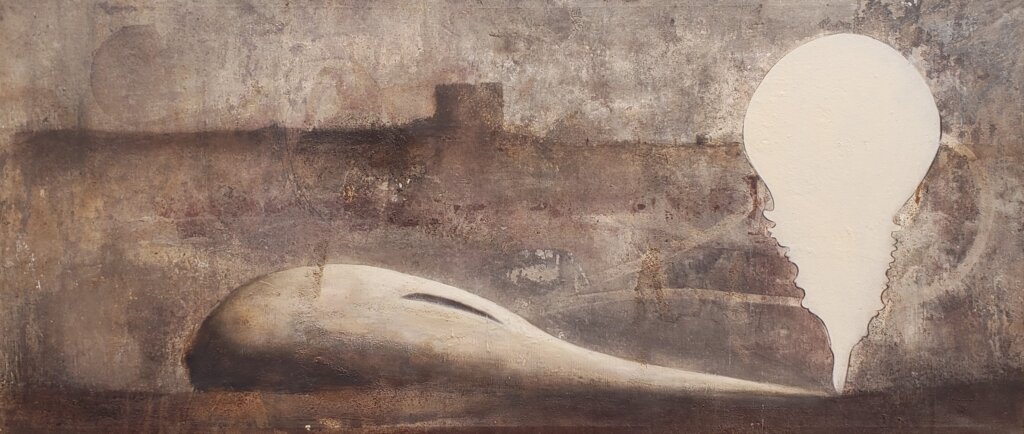
The other type of painting is the abstract. In this type of art, like Mark Rothko's color field paintings, characters are not recognizable, and the object of the painting may be more about the feeling that it conveys than the story it tells. Abstract art is often more of an enigma in the sense of telling a story while it sets a mood in a more efficient way than figurative art.
Abstract masterpieces often seem to defy logic, but don't panic! These paintings are like puzzles waiting to be solved.
Consider the color palette. Bold reds, serene blues, and enigmatic blacks—they all have a voice. Colors evoke emotions and symbolize themes. For instance, red might signify passion or danger, while blue hints at tranquility or melancholy.
Feel the emotions. Abstract art often evokes feelings rather than tells stories. Pay attention to colors, shapes, and textures.
Find the rhythm. Look for patterns and repetition. How do the elements flow and interact?
Consider the artist's intent. Research the artist's background and influences. Their personal experiences can provide clues to the meaning behind their work.
Reading Beyond the Surface

There are some elements that can be read from both, figurative and abstract paintings alike. These are:
Contrasts: Observe the interplay of light and shadow. High contrast draws attention, emphasizing key elements. Think of Caravaggio’s dramatic chiaroscuro or the ethereal glow in Vermeer’s works.
Golden Ratio: Artists follow invisible grids—the golden ratio—to place focal points. Imagine a spiral leading your eye to the heart of the canvas.
Color Harmony: Artists orchestrate colors like composers. Complementary colors create harmony, while discordant ones evoke tension. The vibrant yellows in Van Gogh’s sunflowers dance with the purples in the background.
Negative Space: Empty areas aren’t void; they breathe. They frame the subject, allowing it to breathe and resonate.
Rule of Thirds: Divide the canvas into thirds horizontally and vertically. Key elements often align with these intersections.
In art there are no absolutes, only interpretation
Reading paintings is like learning a new language. With practice and a keen eye, you'll soon be able to decipher even the most complex masterpieces. The artist’s brush strokes echo through time, inviting you to unravel their stories. So, the next time you find yourself in front of a painting, take a deep breath and let your imagination run wild. Remember, art is a conversation between the artist and the viewer. So, grab your mental magnifying glass, embrace the mystery, and let paintings ignite your imagination. It's time to join the dialogue.


